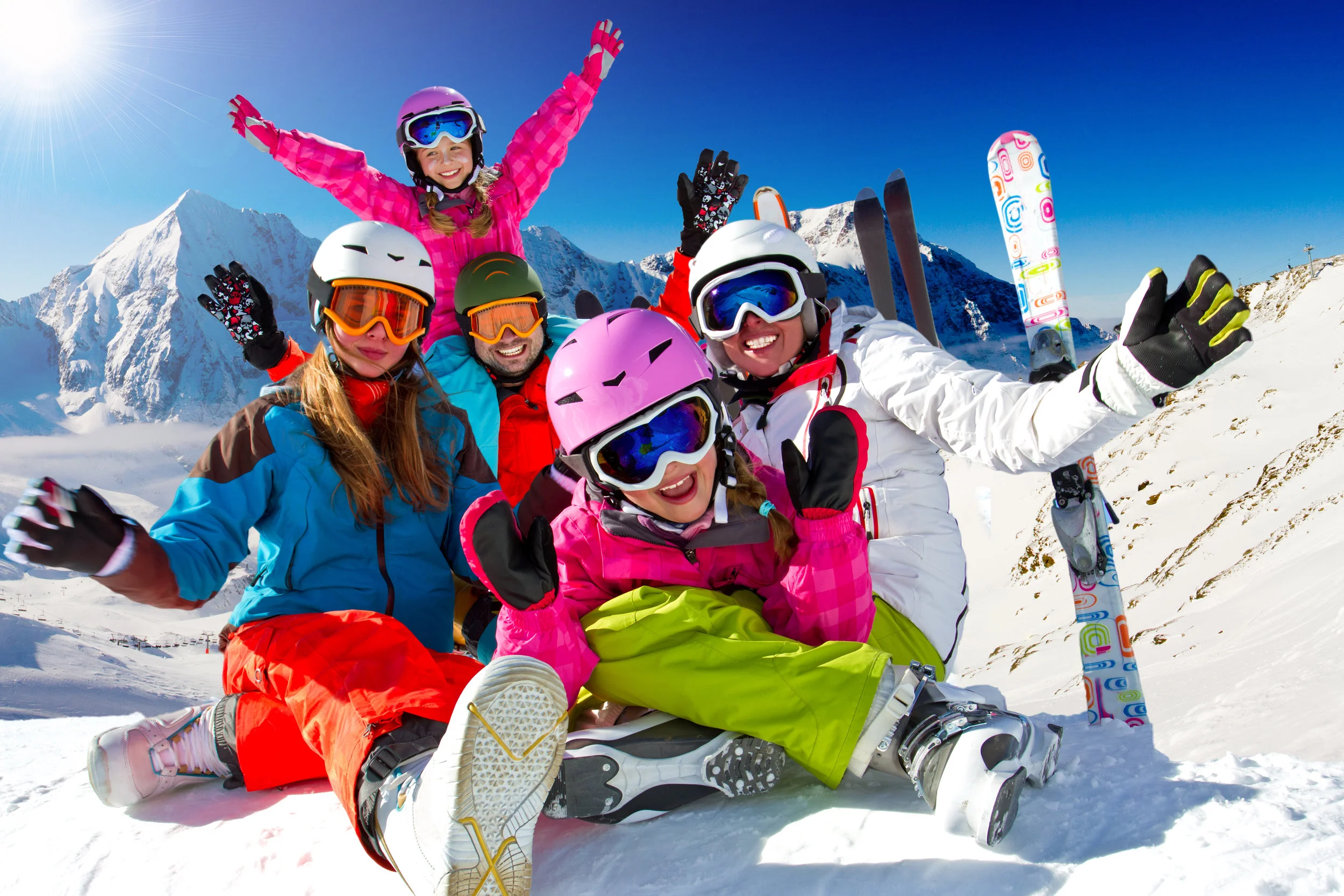When we set out to make a platform that notifies skiers / snowboarders real-time when snow starts falling, we knew we wanted to conduct user surveys to see where we could improve and put more effort into what we did well.
“Half of all SnowCAP users skied / snowboarded at least 25% more because they received animated texts of snow conditions.”
Who were our users? Did they ski or snowboard? Were they all millennials? Did the texts even work to get people out to the slopes? Were there any non-locals using the platform?
All these questions had to be answered to let investors, sponsors, and resorts know we were serious about growing the business. Below are some of the most interesting results.
Really the only question we needed to answer was if our service translated back into sales (visitors) for the ski resorts, since they were our only clients in the first season. In our second season we plan on watermarking the bottom corner of texts as a new source of revenue to alleviate some of the capital burden from the resorts. At any rate, user data shows it's a great investment for the resort because based on the below chart, half of all SnowCAP users (rounded up from 49.4%) skied / snowboarded at least 25% more because they received animated texts of snow conditions.
How Much MORE or LESS Did You Ski / Snowboard because of SnowCAP's Animated Texts of Snow Conditions?
This metric is incredible because if the resort pays $2000 for the system, they only need to get to 80 users throughout the year for it to pay for itself, assuming each visitor spends at least $50 each time they visit the resort. Eighty users is an extremely conservative number of sign-ups. Most resorts in North America wouldn't have a problem reaching 500 users in the first year of use. Per our calculation, as the users go up, the amount each visitor needs to spend drops dramatically for the system to pay for itself. For example, applying SnowCAP's 2016-17 User Survey Data to the above example again, if a resort starts the season with 1000 users, assume 500 will visit at least one extra time. These visitors only need to spend $4 each for the platform to pay for itself! Everything after that is straight profit for the resort.
Another metric we were curious about was the percentage of destination visitors vs. locals using our system. To our surprise, over 30% are destination visitors, meaning they are from out-of-state and plan their visit in advance. This is important because of the revenue breakdown between the two (more comes from destination skiers according to IBISWorld's 2016 Industry Report of Ski & Snowboard Resorts in the US).
SnowCAP Users: Local vs. Destination
The third striking thing we found out was the age breakdown of our users. According to The American Recreation Coalition, "As part of this renewed focus on outreach and promotion both domestically and internationally, public and private members of the outdoor recreation community are placing greater importance on the development of new outdoor apps to reach out to a younger, more diverse, urban and technologically connected population." (Source: Outdoor Recreation Outlook 2017).
Age Distribution of SnowCAP Users (Years of Age)
We fully expected our users to be mostly millenials. What our users reported was quite the contrary.
Sixty percent of our users are between 36 to 60 years of age, with less than 10% being millennials. They were our SMALLEST slice.
We attribute this to the ease-of-use of platform. Since the user only needs to enter their phone number to benefit from SnowCAP, the barrier to entry becomes much lower reducing the need to be tech savvy. ■

